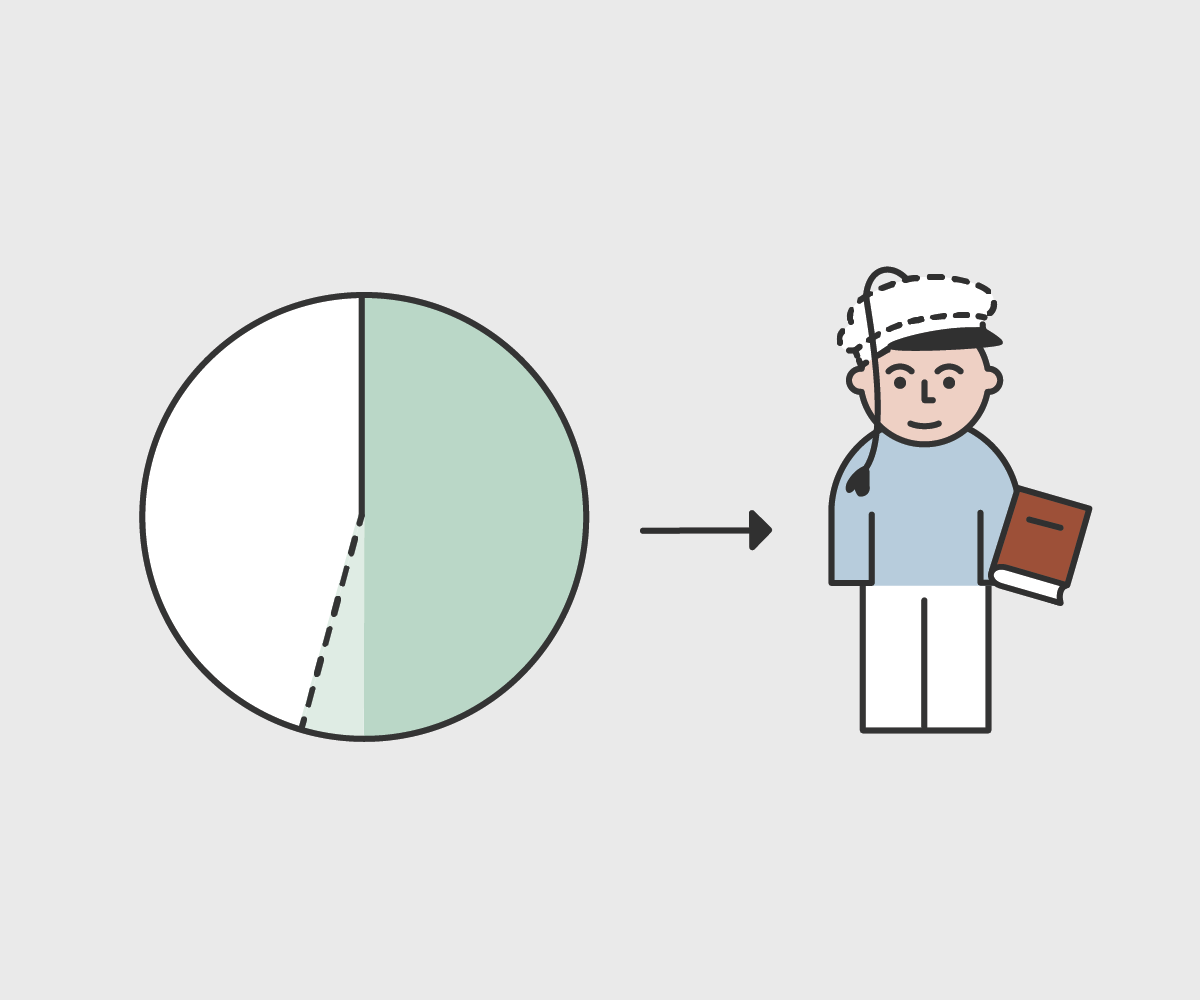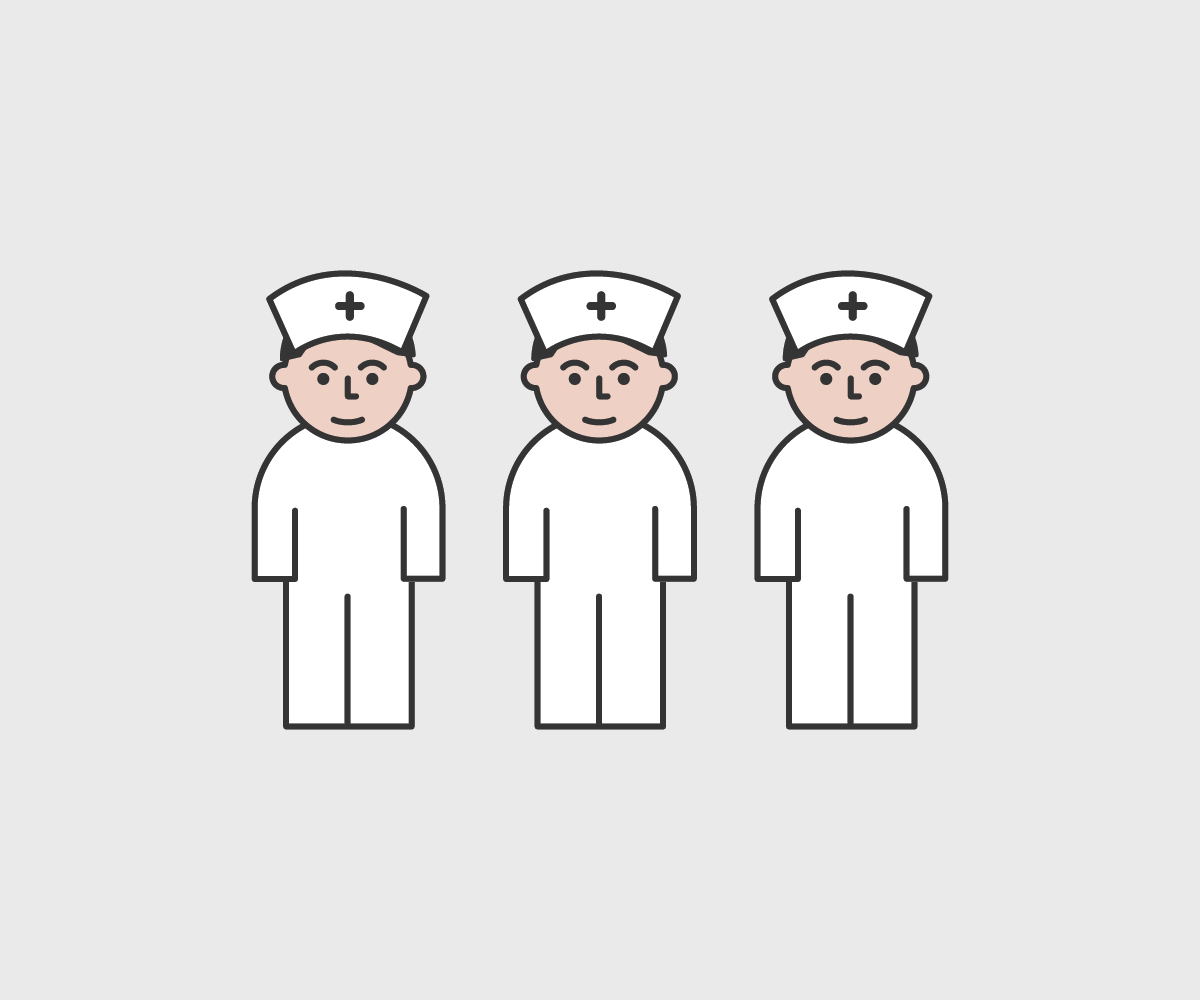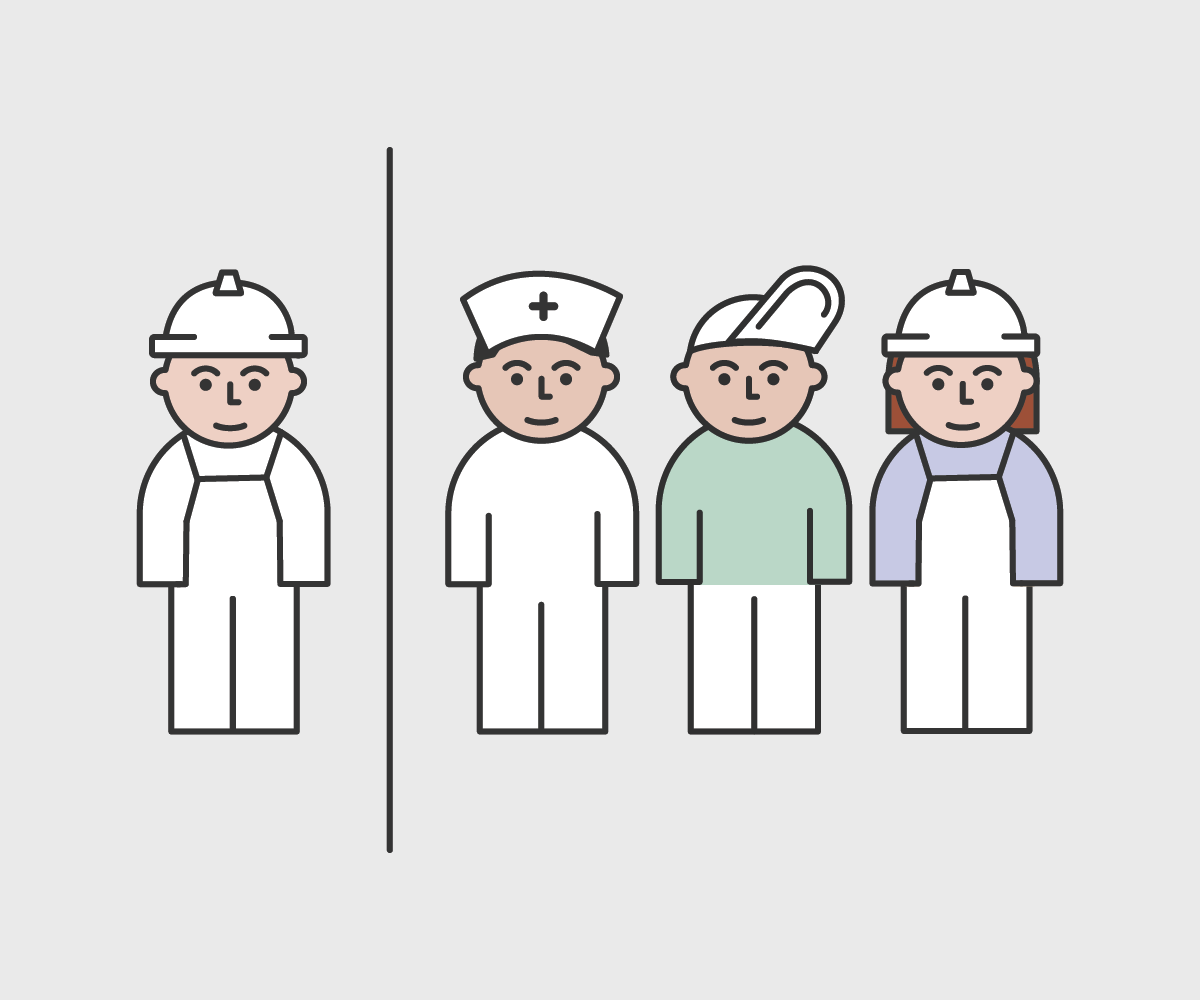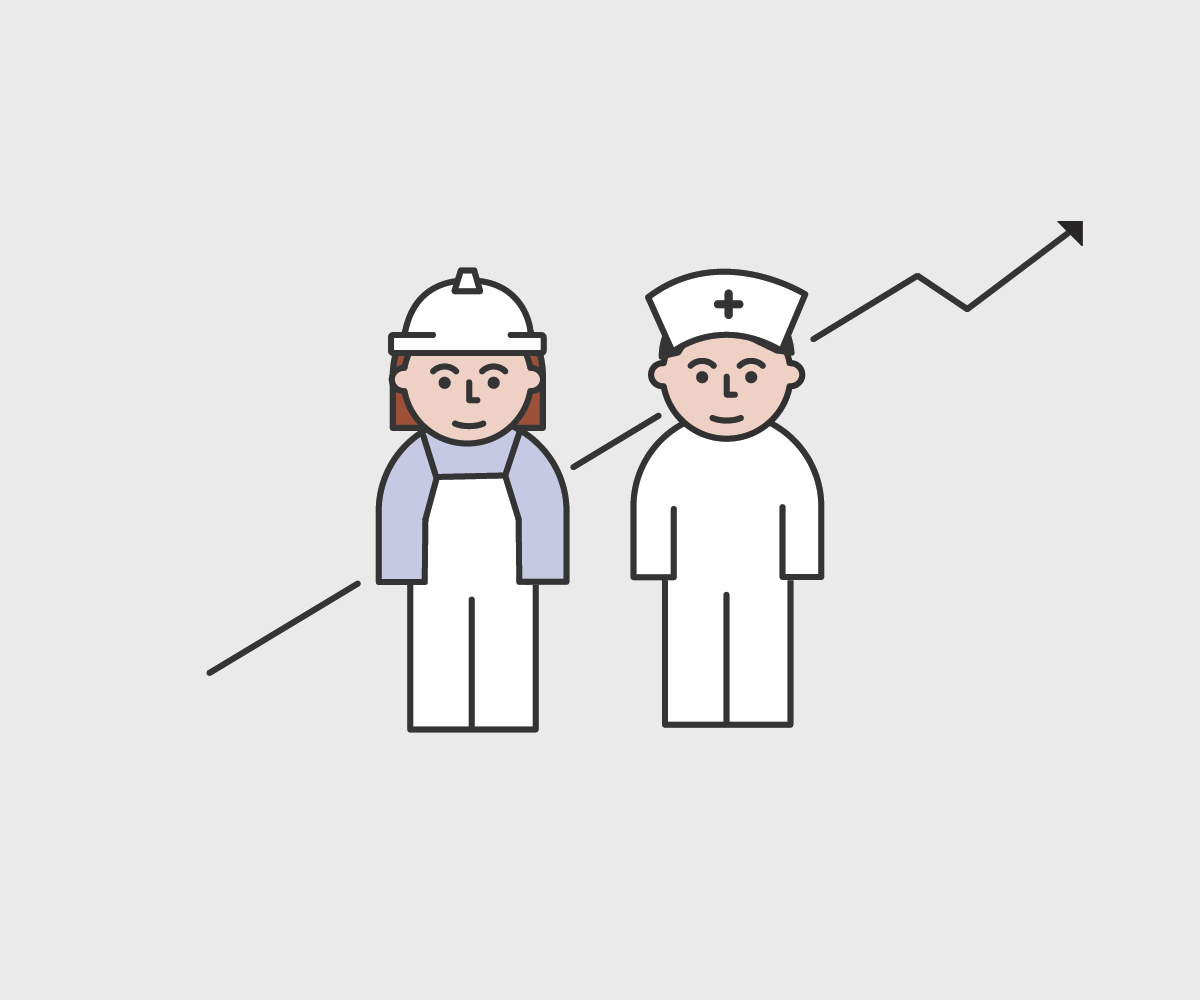The Norwegian Education Mirror, 2019
Upper secondary education and training
Students who enrol in upper secondary education or training have completed 10 years of compulsory education. At the upper secondary stage, they are able to choose their study programme and subjects according to their interests and what they want to do later in life in terms of work or study.
All young people who have completed compulsory education have the right to upper secondary education or training. 98 per cent of all 16-year-olds enrol in upper secondary in the same year that they complete compulsory education. A total of 93 per cent of all 16 to 18-year-olds were enrolled in upper secondary education or training in the 2018-19 academic year (Statistics Norway, 2019). They are able to choose between 15 different study programmes. Entrants to upper secondary schools are fairly evenly split between vocational study programmes and general study programmes. There is also scope for switching programmes along the way.
A growing number of young people choose to become apprentices. There were more than 29,000 applications for apprenticeship places in 2018. 74 per cent of applicants had obtained an apprenticeship contract by the end of the year – the highest figure since the scheme was introduced.
Schools and students
In the 2018-19 academic year there were 415 upper secondary schools in Norway with an average of 454 students per school. 23 per cent of upper secondary schools are private, and they tend to be smaller than public schools.
More students attend private schools
A total of 8 per cent of students attend private schools. Public upper secondary schools have an average of 541 students, while the average in private schools is 160. 42 per cent of private upper secondary schools have fewer than 100 students. In the autumn of 2018 there were 95 approved private upper secondary schools in Norway. All bar one of them had been approved under the Independent Schools Act. The two most common categories for approval are elite sports and world view respectively. Around half of all independent upper secondary schools are approved based on one of these two categories.
Large numbers of private school students in Oslo and Hordaland
Almost 15,200 students were attending a private upper secondary school in autumn 2018. Around 12,200 of them were enrolled on general study programmes, while almost 3,000 were enrolled on vocational study programmes. There are significant differences between counties as to how many of their students attend private schools. The largest numbers can be seen in Oslo and Hordaland where a respective 16 and 15 per cent of students attend private upper secondary schools. In Finnmark fewer than 1 per cent of students attend private schools.
Growing number of adults in upper secondary education and training
Adults who have completed compulsory education but not upper secondary education or training are entitled to free upper secondary education or training.
There were 16,100 adults over the age of 25 enrolled in upper secondary schools or adult education centres in 2018-19. This is an increase of 16 per cent on the previous year. Almost 80 per cent of them are enrolled on training programmes specially designed for adults. Participant numbers have increased the most on the Healthcare, Childhood and Youth Development programme. Adult participants primarily take individual subjects in order to obtain general university and college admissions certification or they study Healthcare, Childhood and Youth Development. Almost 60 per cent of adult participants in 2018-19 were women.
Although women are in the majority, the biggest increase is amongst male participants. There are now 3,000 more male participants than five years ago, and the Building and Construction and the Technical and Industrial Production programmes have seen the biggest increases.
Study programmes and subjects
73,400 students started upper secondary level 1 (short form Level Vg1) in autumn 2018. More than half of them enrolled on a general study programme. Specialisation in General Studies is the biggest of all the study programmes, accounting for 38 per cent of all students at Level Vg1.
1 in 4 students on vocational programmes studies Healthcare, Childhood and Youth Development
Healthcare, Childhood and Youth Development is the largest of the vocational study programmes, accounting for more than a quarter of all vocational students in autumn 2018. The proportion of students studying Healthcare, Childhood and Youth Development has increased by more than 6 per cent in the past five years.
Technical and Industrial Production and Electrical and Electronic Engineering are the second and third largest programmes with a respective 17 and 13 per cent of all vocational students at Level Vg1.

Just over half of all students enrol on a general study programme at Level Vg1.
More boys are choosing Healthcare, Childhood and Youth Development
There are significant gender differences on the vocational study programmes in particular. However, Healthcare, Childhood and Youth Development has gradually become less female dominated over time. Between 2012-13 and 2018-19 the proportion of boys enrolled on this programme rose from 17 to 21 per cent. There has been little change on the male dominated study programmes. Boys made up a respective 95 and 94 per cent of students enrolled on the Building and Construction and the Electrical and Electronic Engineering programmes. This is only marginally lower than in 2012-13.
Languages, Social Sciences and Economics is the most popular general programme area
Of those enrolling on the Specialisation in General Studies programme at upper secondary level 2 (short form: Level Vg2), 55 per cent choose to specialise in Languages, Social Sciences and Economics, while 42 per cent choose Mathematics and Sciences. The remaining 3 per cent opt for programme areas only offered by certain private schools. The distribution of students across programme areas has remained relatively stable in recent years.

A growing number of boys choose to study Healthcare, Childhood and Youth Development.
Students and apprentices at Level Vg3
There were 51,200 students enrolled at Level Vg3 in autumn 2018. In addition to those were 43,300 apprentices, more than 1,800 trainees and 1,100 students receiving vocational training in school.
Many pursue Supplementary Studies after completing Level Vg2 of a vocational programme
Although almost half of all students at Level Vg1 enrol on a vocational study programme, a large number of them eventually obtain general university and college admissions certification.
51,200 students started Level Vg3 in autumn 2018. One fifth of them, 10,800, were students who had enrolled on a vocational study programme and were pursuing Level Vg3 Supplementary Studies to obtain general university and college admissions certification. 21 per cent of students on vocational study programmes choose Vg3 Supplementary Studies. Student numbers on general study programmes have changed little in the past few years.
3 in 4 find an apprenticeship
There were more than 29,000 applications for apprenticeship places in 2018. 21,700 of applicants obtained an apprenticeship place. This is 74 per cent of all applicants, the highest figure since records began in 2011.
There was a total of 43,300 apprentices in 2018. This figure includes both new apprentices and those who had been in apprenticeship for more than one year. In addition to those were more than 1,800 trainees and 1,100 students receiving vocational training in school. 72 per cent of apprentices are boys.
The number of apprentices has risen by 19 per cent since 2012, which is when the social partners and the Ministry of Education and Research signed the Social Contract committing them to work together to create more apprenticeships.
Most new apprentices in Building and Construction
Building and Construction saw the greatest influx of new apprentices in 2018. Healthcare, Childhood and Youth Development has had the biggest increase in new apprentices in recent years with 1,240 more apprentices than in 2012. The biggest decline has occurred in Design, Arts and Crafts with 178 fewer apprentices than in 2012.
Hairdressing is by far the largest programme area on the Design, Arts and Crafts programme with 73 per cent of all new apprentices. This programme area has seen a drop of 247 new apprentices since 2012, however. There has also been a decline in applications for Level Vg1 Design, Arts and Crafts in the same period.

3 in 4 find an apprenticeship.

The number of apprentices has risen by 19 per cent since 2012
Learning outcomes in upper secondary education and training
Improved coursework grades
Coursework grades have risen slightly in the past five years – by up to 0.3 points – in most common core subjects. The average coursework grade has also increased by up to 0.3 points in most programme subjects.
Students normally receive lower grades in their written exams than for their coursework, but there is little difference between coursework grades and oral exam grades.
Subject | 2014-15 | 2015-16 | 2016-17 | 2017-18 | 2018-19 |
English, Level Vg1 general study programmes |
4.3 |
4.3 |
4.3 |
4.3 |
4.4 |
English, Level Vg2 vocational study programmes |
3.5 |
3.5 |
3.6 |
3.6 |
3.6 |
Mathematics 1P-Y |
3.2 |
3.3 |
3.4 |
3.4 |
3.4 |
Mathematics 2P-Y |
3.2 |
3.2 |
3.3 |
3.3 |
3.4 |
Mathematics 1T-Y |
3.6 |
3.7 |
3.9 |
3.7 |
3.8 |
Mathematics 1P |
3.3 |
3.5 |
3.4 |
3.5 |
3.5 |
Mathematics 1T |
3.9 |
4.0 |
4.0 |
3.9 |
3.9 |
Mathematics 2P |
3.4 |
3.5 |
3.6 |
3.6 |
3.6 |
Norwegian, Level Vg2 vocational study programmes |
3.6 |
3.6 |
3.7 |
3.7 |
3.7 |
Norwegian (primary Norwegian language form), Level Vg3 general study programmes – written |
3.8 |
3.9 |
3.9 |
4.0 |
4.0 |
Norwegian (secondary Norwegian language form), Level Vg3 general study programmes – written |
3.6 |
3.7 |
3.8 |
3.8 |
3.8 |
Norwegian, Level Vg3 general study programmes – oral |
4.3 |
4.3 |
4.4 |
4.5 |
4.5 |
Source: Norwegian Directorate for Education and Training | |||||
Girls get better grades than boys
Girls receive better grades than boys on average for their coursework and in both written and oral exams in most common core subjects. The smallest differences between boys and girls can be found in PE and Mathematics and the biggest in Norwegian, Social Sciences, and Religion and Ethics.
In the common core subjects boys only receive better average coursework grades than girls in PE and Applied Mathematics on the Supplementary Studies to Qualify for Higher Education programme.
Girls also get better grades than boys in most maths and science subjects. The smallest differences between girls and boys are in Chemistry, Physics and Information Technology.
9 in 10 pass their trade and journeyman examination
A total of 27,570 trade and journeyman’s examinations were completed in 2017-18. 61 per cent of those sitting the exams were apprentices and 34 per cent practice candidates. Only 5 per cent sat the examination as students after having completed vocational in-school training. 93 per cent of the completed exams were given a pass or pass with distinction.
There are relatively minor differences between counties and study programmes in terms of the proportion of candidates who pass the apprenticeship and journeyman’s examinations. The percentage receiving a pass or pass with distinction varies from 87 in Design, Arts and Crafts to 95 per cent in Technical and Industrial Production and Services and Transport. In terms of counties, the proportion of candidates who obtain a trade or journeyman’s certificate ranges from 88 per cent in Oslo to 96 per cent in Sogn og Fjordane, Telemark and Oppland.
Learning outcomes in upper secondary education
Exam results and coursework grades are a reflection of the students' attainment level upon completing a course of study. Grades from lower secondary school are mainly used for admission to upper secondary, while grades from upper secondary are primarily used to transition into work or for admission to higher education. There are no national tests in upper secondary education and training.
Sources
Kunnskapsdepartementet. (2019). Skolen må bli bedre til å løfte guttene! Pressemelding 04.02.2019.
Statistisk sentralbyrå. (2018). Dette er kvinner og menn i Norge 2018.
Statistisk sentralbyrå. (2019). Videregående opplæring og annen videregående utdanning.
Samordna opptak. (2019). Spesielle opptakskrav.